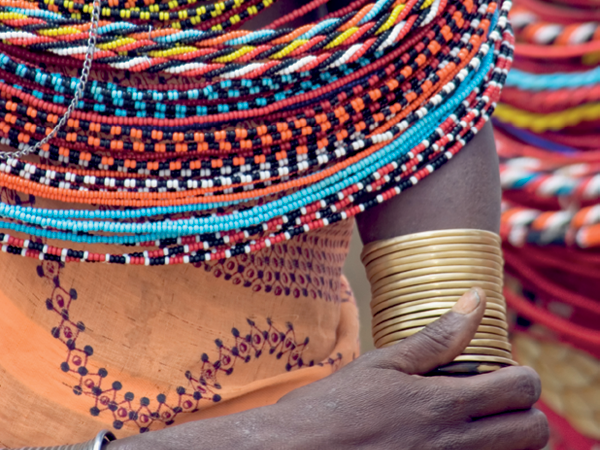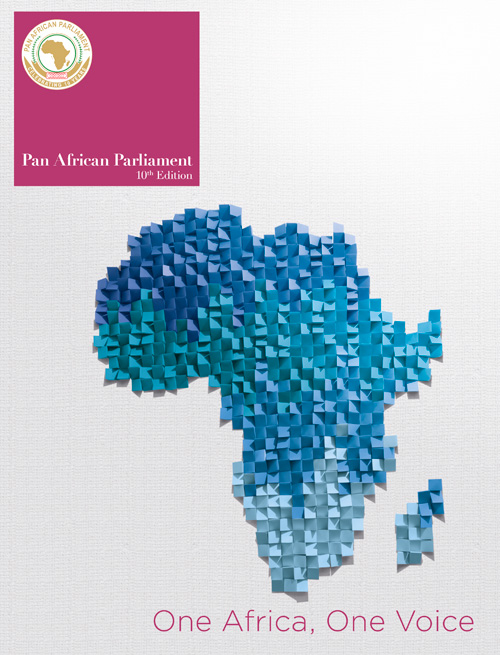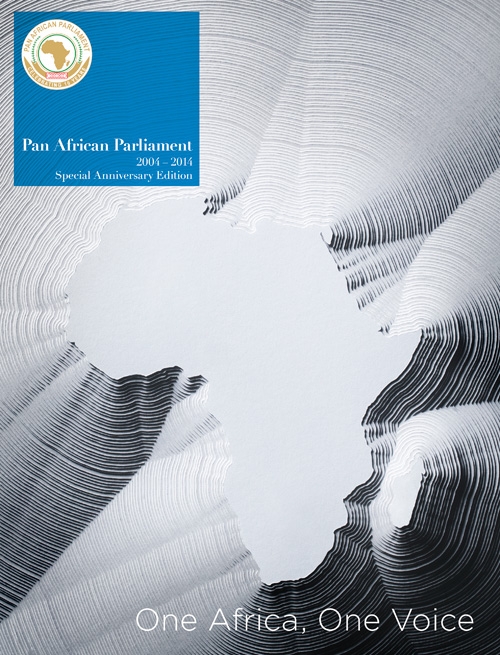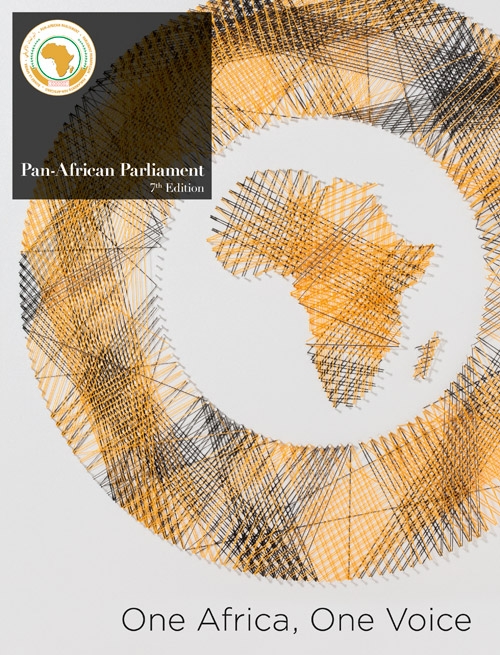
Through this initiative, the PAP seeks to provide a platform for African women and leaders in public service, academia and civil society to deliberate on ways to ensure that females fully participate in the integration process in Africa.
The Women’s Platform for Action in Africa had a meeting in South Africa from 8–9 October 2010 with the conference theme: Women and the Transformation of the African Continent.
Participants heard from a variety of speakers, including the Hon Mavis Ntabeleng Matladi, President of the PAP’s Women’s Caucus, the Hon Nomvula Mokonyane, Premier of Gauteng, the Hon Suad Badawi and Rotimi Sankore, Co-ordinator of the Africa Public Health Parliamentary Network.
A common theme was the pivotal role women play in transforming the continent and how vital it is to support women in healthcare, national budgetary considerations and legislation to protect them from human rights violations.
Tracking infant mortality
Various suggestions were made on the topics highlighted at the conference, including more advocacy on women’s health, particularly in rural areas to reduce maternal mortality. Currently around 290 000 mothers die each year during pregnancy and childbirth in Africa, and over 1.3 million babies die before they are a month old. Member countries should also report on the practice and status of female genital mutilation (FGM).
Throughout Africa it is estimated that 140 million women, girls and infants have been genitally mutilated. A further three million women are at risk each year. The situation is particularly bad in Uganda, especially among the Sabiny people of eastern Uganda, where it is believed that the practice reduced promiscuity among married women. Several African countries have legislated against FGM. If a person is found guilty of FGM in Uganda, they face life imprisonment.
Around 290000 mothers die each year during pregnancy and childbirth in Africa and over 1.3 million babies die before they are a month old
More capacity building on gender responsive budgeting for women should occur. This recognises the differences between various social groups and as a result, the need to address their practical and strategic needs to ensure equity. National health and education budgets should also be increased to address the challenges that face women, such as HIV/AIDS and maternal mortality.
The AU should take decisive action and call on the international community to endorse a resolution that includes monitoring human rights in Western Sahara in the mandate of the MINUSO (the UN mission in the territory for the past 20 years).
Finally, that the PAP should send a fact-finding mission to investigate human rights violations against women and children currently occurring in the occupied territories of the Western Sahara.
2011 CONFERENCE
Stereotypical images of women as passive victims of conflict situations overshadow their contributions to peace and underplay the reality of their experiences in these situations. Thus, there has been a lot of concern that while women and children bear the brunt of conflict, they are largely excluded from conflict prevention, peace negotiations and peace-building processes.
Women represent an untapped resource in peace-building and it was against this theme that the 2011 Platform for Action in Africa was held under the theme, Peace and Security in Africa.
While women and children bear the brunt of conflict, they are largely excluded from conflict prevention, peace negotiations and peace-building processes
The two-day conference, held in Midrand, South Africa, from 29 to 30 September 2011, shared the progress made, best practice and challenges in promoting peace and security in Africa, particularly for women and children.
The WPFAA recommended:
- Establishing a campaign entitled No to War on the African Continent.
- Harmonising and co-ordinating women’s associations and networks for peace, at various levels of society.
- Developing the capacity of women in conflict zones through education to eliminate inferiority and ignorance while implementing self-defence programmes and creating effective access to justice.
- Building women’s peacekeeping capacity, conflict management and political participation. Also establishing an association of former women parliamentarians to look at peace, justice and security on the continent.
- Involving more women leaders, including former members of PAP, in peace and security discussions.
- Encouraging female associations and the media to contribute towards ratifying the African Charter on Democracy, Elections and Governance.
- Establishing a delegation of women in Africa for peace, entitled: The Initiative of African Women for Peace, under the auspices of the PAP. Its focus will be the promotion of democracy, peace and security and it will lobby international institutions such as the AU, UN and the World Bank.
- Putting in place national mechanisms to monitor the implementation of legal instruments relating to women and to the UN Security Council Resolution 1325;
- Calling for special protection of displaced women and children, or those in conflict zones, in particular Somalia, Darfur and the Saharawi Arab Democratic Republic.
- Developing an exit strategy for heads of Member States when their term of office expires.
- Recognising that only six countries in Africa have prepared their National Action Plans for the implementation of the UN Resolution 1325.
- Calling on parliamentarians to lobby for the ratification and implementation of treaties and conventions on women’s rights to ensure these are respected. To make sure governments establish adequate frameworks for the promotion of democracy, peace and security.
2012 CONFERENCE
Two of the eight Millennium Development Goals (MDGs) set during the UN Millennium summit in 2000 relate directly to child and maternal mortality rates: MDG 4 aims to reduce the under-five mortality rate by two thirds between 1990 and 2015, while MDG 5 wants to reduce the maternal mortality rate by three quarters.
Despite numerous efforts – particularly by the AU and the PAP – these targets are not being met. These goals are crucial for Africa because, despite having only 12% of the world’s population, it has half of all maternal deaths and those of children under the age of five.
To ensure that women parliamentarians understood these MDGs and help them advocate and monitor its goals and targets, the 2012 PAP Women’s Conference was held in Johannesburg, South Africa on 4–5 October 2012. Delegates participated in four sessions on various aspects of maternal, newborn and child health. The Urgent African Campaign to End the Negative Practice of Child Marriage was also launched at the conference.
Speakers included Dr Wilfred Ochan from the UN Population Fund, who presented MDG 5 – Progress and Factors Mitigating against its Achievement; Dr Pride Chigwedere, from UNAIDS, who elaborated on the link between HIV and maternal and child health; Rotimi Sankore, from the Africa Public Health Parliamentary Network, who outlined the achievements of various African initiatives that had led to the landmark 2011 Africa Integrated MNCH Advocacy Strategy; and the Hon Bethel Amadi, President of the PAP, who reinforced the grave consequences of child marriage.
Key issues highlighted over the two days were all noted for their urgent nature. Most importantly, Africa’s progress to meet MDG 4 and 5 was not sufficient due to poor investment in the health sector and poor co-ordination and investment in the related social sectors. To accelerate progress, the continent would need to urgently improve resource and policy investment in health.
The access to, and quality of, family planning services and skilled birth attendants were vital elements to protect the health of both mother and child. A major obstacle to meeting the MDGs was the negative social and cultural practices that beset female children in Africa.
After the four sessions, the conference parliamentarians’ resolutions included the urgent need to promote a multi-sectoral approach to improved child/mother health through improved policy and improved per capita investment in the health sector. Improvement of certain non-sector health challenges would support this. For example, gender equality, access to clean water, improved nutrition, sanitation, education (for human resources for health and for the girl child) and civil registration.
By addressing health-system bottlenecks – specifically the access and uptake of essential commodities and medicines and pre- and post-natal immunisation – one would be able to provide support to mother and child at the most crucial periods: at childbirth and immediately post-natal.
The conference also resolved to support the Urgent African Campaign to end child marriage. Girls who are forced into marriage often suffer on adolescent and reproductive health fronts and thus face an increased risk of maternal death. These girls also tend to have no say in their reproductive and sexual health, which increases their risk of HIV and AIDS. It also impacts on their youth, education, professional and human development potential.
There is a need to align national legislation on child marriage with the Maputo Protocol on African Women’s Rights and to work towards parliamentary review on the removal of negative clauses, such as parental consent, that permit criminal and early marriage of children below the age of 18.
It is necessary to promote action and implementation of the AU Commission-led Campaign for the Accelerated Reduction of Maternal and Child Mortality in Africa, both in countries where it already existed and in the remaining African countries where it still needed to be launched.
This would strengthen the effectiveness of maternal/child health interventions through the monitoring activities of the relevant ministries, agencies and parastatal bodies.
Countries who have yet to ratify the Protocol to the African Charter on Human and People’s Rights on the Rights of Women in Africa or implement the Maputo Plan for Sexual and Reproductive Health and Rights should be called upon to do so. Lastly, active male participation and involvement in all interventions and campaigns should be promoted to improve the health of women and children.







